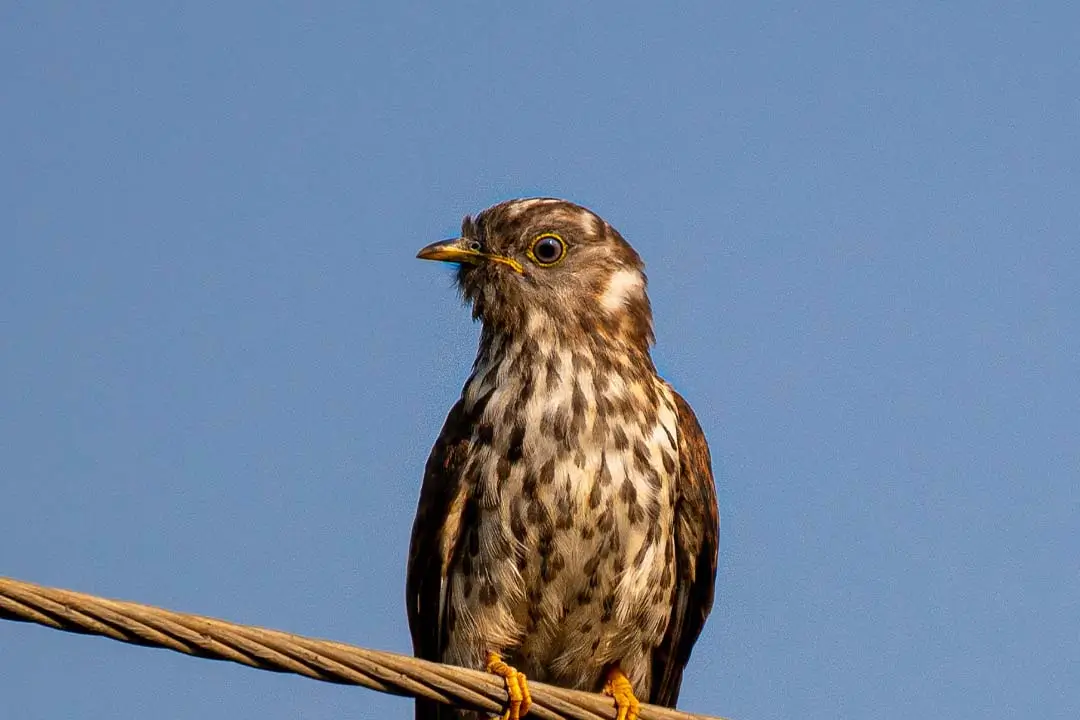
BIRDING IN
Kasanka National Park

BIRDING IN
Kasanka National Park

BIRDING IN
Kasanka National Park

BIRDING IN
Kasanka National Park
This peaceful sanctuary, situated on the south western edge of the Lake Bangweulu basin, is one of Zambia's smallest national parks. Kasanka in Zambia's central province is one of Africa's hidden gems. This peaceful sanctuary is situated on the southwestern edge of the Lake Bangweulu basin. It's 450 km2 however, are so well endowed with rivers, lakes, wetlands, forests, lagoons, meadows and dambos that it supports a uniquely wide range of animals and abundant birds and fish.Kasanka is open all year round.
Birding is especially good in the wet season from November to March when migrants arrive from the north. Game viewing is best in the dry months from May to October. Being part of the Congo Basin, the area that Kasanka is situated in is ecologically in between the dryer well-known safari destinations in eastern and southern Africa and the rainforests of central Africa. The park is mostly flat and has an average elevation of about 1,200 m (3,940 ft) above sea level. There are five perennial rivers in the park, with the largest being the Luwombwa, and also a number permanent shallow lakes and water bodies, with the largest being Wasa.
Brachystegia woodland, also known as miombo woodland, covers around 70% of Kasanka's surface area, interspersed with grassy dambos, papyrus swamps and three types of forest.
Kasanka is a great birding destination, with just over 470 species recorded in what is a very small area. The park is home to a few species at the edge of their range, more commonly associated with Central Africa. The beautiful Ross's Turaco and Böhm's Bee-eater are two of the birds in that category. Abundant Bird life to see here includes; African Harrier-hawk, Bateleur, Knob-billed Duck, Woolly-necked Stork, Swallow-tailed Bee-eater,Pale-billed Hornbill, Anchieta's Sunbird, Yellow-rumpedTinkerbird, Grey Waxbill, Black-backed Barbet, Scaly-throated Honeyguide, Purple-throated Cuckooshrike, Bocage'sAkalat, Blue-mantled Crested Flycatcher, Little and Cabanis'sGreenbul, Grey Apalis, African Thrush, Green-headed Sunbird, Dark-backed Weaver, Black-tailed Waxbill, Red-throated Twinspot, and Red-backed Mannikin.
Miombo forest will give us a chance to see Thick-billed Cuckoo, Racket-tailed Roller, Miombo Pied and Anchieta's Barbet, White-tailed Blue Flycatcher, Rufous-bellied Tit, Grey Penduline Tit, Trilling Cisticola, African Spotted Creeper, Red-capped Crombec, Black-necked Eremomela, Yellow-bellied Hyliota, Böhm's Flycatcher, Bearded and Miombo Scrub Robin, Miombo Rock Thrush, Bush Pipit, Cabanis's Bunting and Black-eared Seedeater.
Wetlands, dambos and rivers are good places for us to search for African Finfoot, Half-collared Kingfisher, Coppery-tailed and Black Coucal, White-backed Duck, Hottentot Teal, Rufous-bellied Heron, African Swamphen, African and Lesser Jacana, Marsh Tchagra, Pel's Fishing Owl, African Pygmy Goose, Fülleborn's Longclaw, Fawn-breasted Waxbill, Moustached Grass Warbler and Short-winged Cisticola.
Other species to see include Wattled Crane, Black-bellied Bustard and raptors like Crowned, Martial and African Fish Eagle (Zambia's National Bird), Bateleur, African Hawk-eagle, OvamboSparrowhawk, Dark Chanting Goshawk and many others.The legendary, weird-looking, mythical Shoebill has also been seen on occasion in Kasanka, but you have to be very lucky to encounter this species here. It is far easier seen on your Bangweulu Swamp extension that you can easily add to this trip.
Not only is this variety habitat fantastic for birdwatchers, but it's also excellent for mammals with a staggering 114 mammal species have been recorded in tiny Kasanka, including African Elephant, African Buffalo, Leopard, Hippopotamus, the very rare Sitatunga, Puku, Sharpe's Grysbok, Lichtenstein's Hartebeest, Sable and Roan Antelope, the Kinda subspecies of the Yellow Baboon and the scarce Blue Monkey, along with many smaller ones and a good range of insects and reptiles, including the beautiful Gaboon Viper.
Our Experts are ready to provide answers
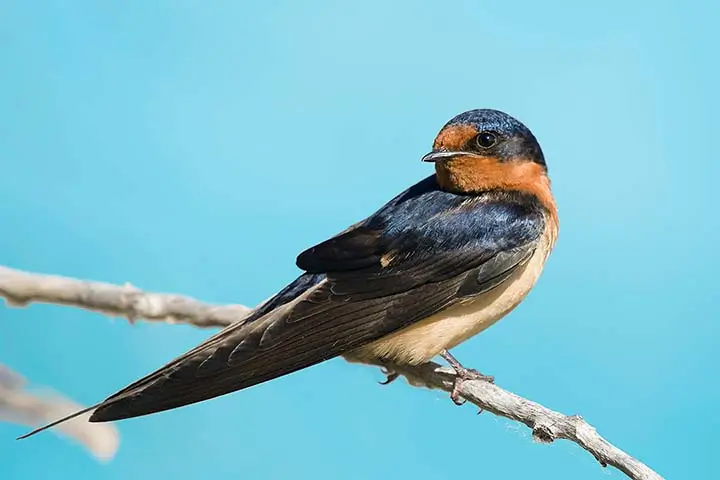
Bangweulu Swamps between Serenje and Samfya is the place for Shoebills, several camps and other good birding spots nearby e.g. Kasanka and Lavushi Manda National Parks.
Read More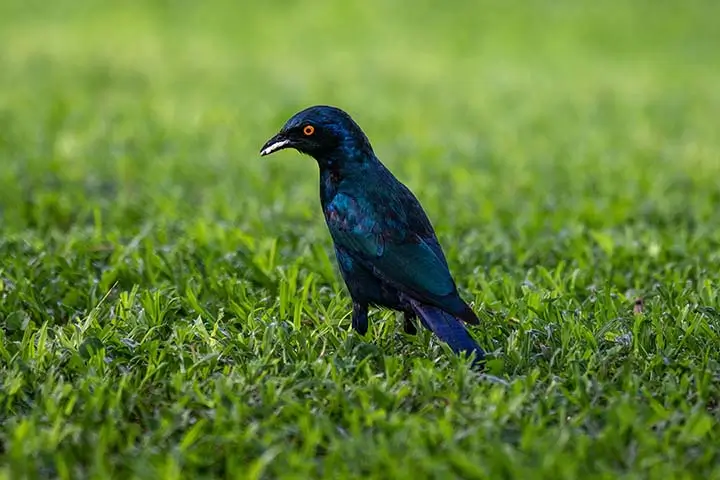
Chimfunshi is recognised as an Important Bird Area, an area recognised as being a universally important habitat for the conservation of bird populations. Chimfunshi is one of about 10,000 IBAs worldwide.
Read More
Impressive water birds dominate the landscape after the rainy season. Large flocks of cranes, pelicans, storks, herons, ibises, spoonbills and ducks feed in the pans.
Read More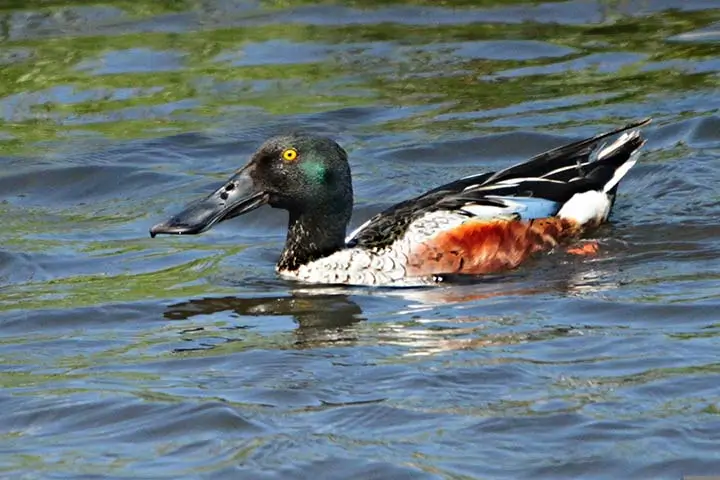
Some of the best wetland birding in the world can be seen here that is to saywaterbirds, camping or day trips.
Read More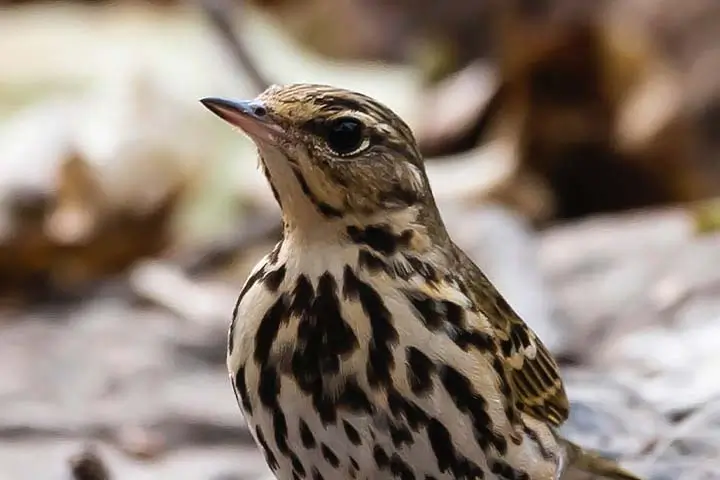
Mutinondo is listed as an Important Bird Area of special interest, with an incredible 362 species on the list; remarkable for such a small reserve.
Read More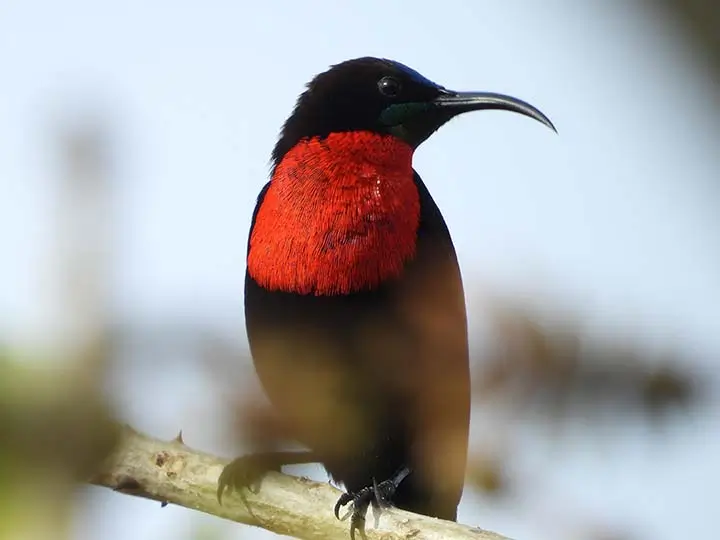
The Mwinilunga area is best known for the accessible Congo-Guinean forest areas and the big number of birding specials that can be found in the forest areas.
Read More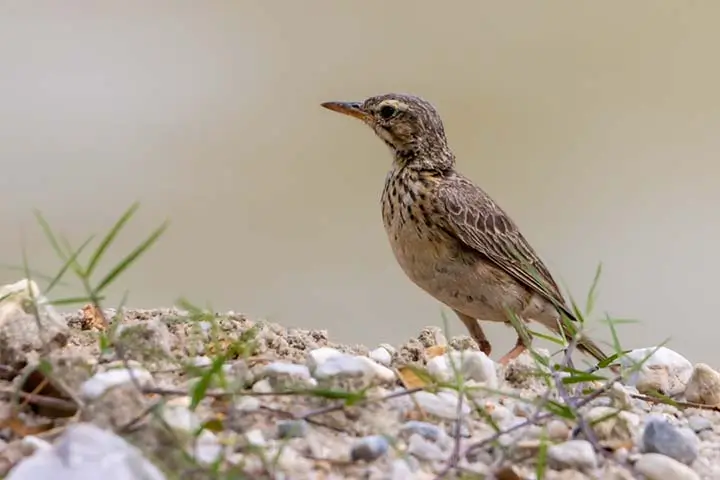
Nkanga River Conservation Area near Choma in southern Zambia, the best site for Zambia's endemic, Chaplin's Barbet, within easy reach of Victoria Falls, Kafue National Park and Lochinvar.
Read More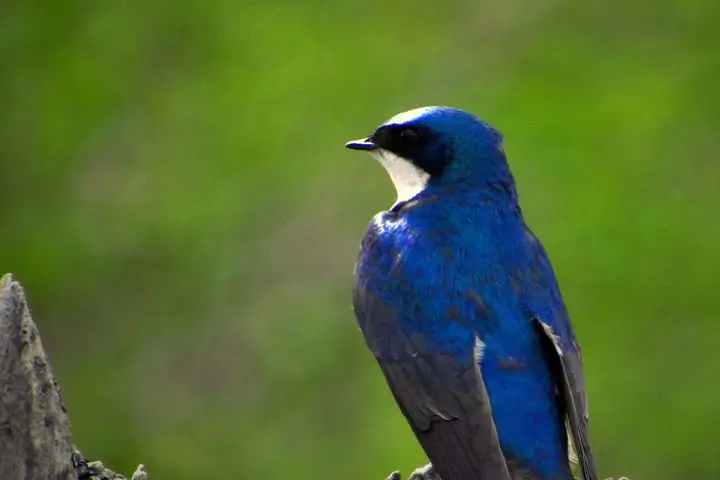
Nyika National Park is the best area to find all the montane specials, camping, or accommodation on Malawi side close by.
Read More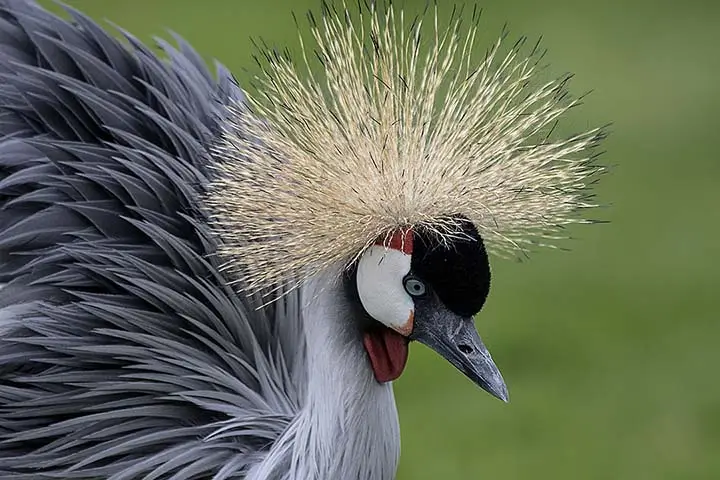
outh Luangwa is a birder's paradise. With about 400 of Zambia's 732 species of birds occurring in the park, including 39 birds of prey and a large number of migrants from northern climes, there is plenty for the birdwatcher to spot.
Read More
Hike along the footpaths of the park, looking for some of the special bird species that occur here, including the beautiful Schalow's Turaco, loud Trumpeter Hornbill, quite rare Collared Palm Thrush, Verreaux's Eagle.
Read More